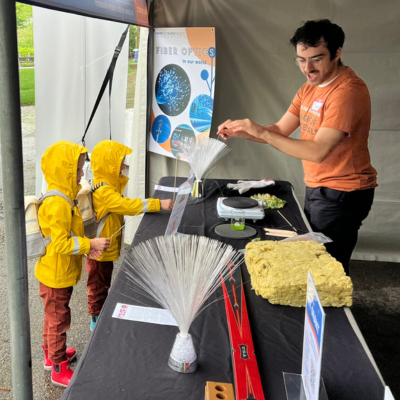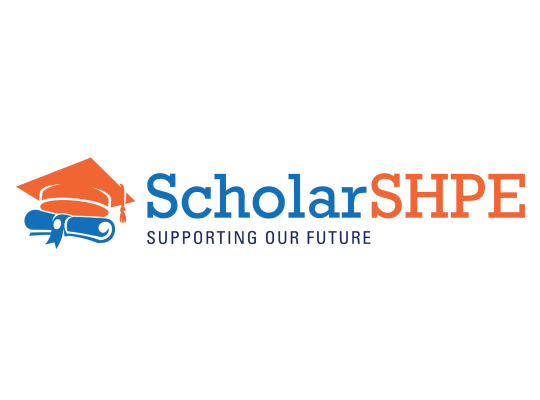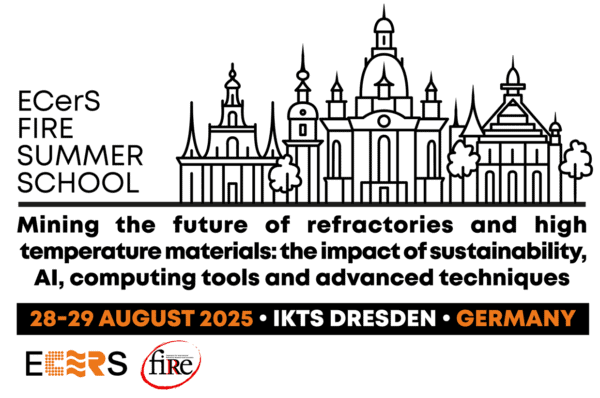The students pour through the door at The Works in Newark, Ohio, fresh off the buses and curious about the field trip ahead. Even though many students from Granville Middle School have been to The Works interactive science, history, and technology center before, they did not know that they were about to experience a Glass Learning Opportunities Workshop (GLOW) to learn about the science behind hot glassblowing.
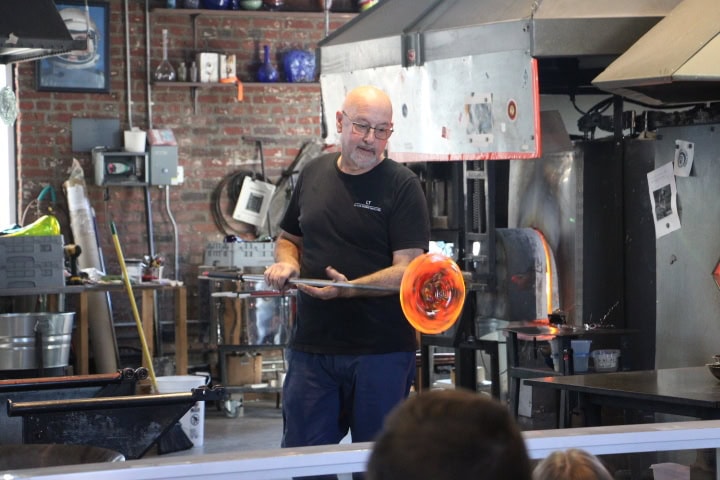
Thanks to a grant from the Granville Community Foundation, the Ceramic and Glass Industry Foundation (CGIF) organized a three-hour GLOW event for 80 seventh and eighth grade students from Granville Middle School. Michelle Dague brought her Art 2 students and Kat White brought her seventh-grade advanced science students to the event with the goal of teaching students the science behind hot glass and the diverse careers that glass science has available.
“It’s been amazing. The questions that the kids have been asking are actually blowing my mind,” Dague says. “I think they’re extremely engaged—I think this is not what they were expecting.”
This GLOW event consisted of four stations at The Works, including a hot glassblowing demonstration with a glass artist narrated by a scientist. CGIF Board of Trustees member and retired Owens Corning employee Tim Powers stood in on all the glassblowing demonstrations to explain concepts to the students and give background about his career as a ceramic engineer.
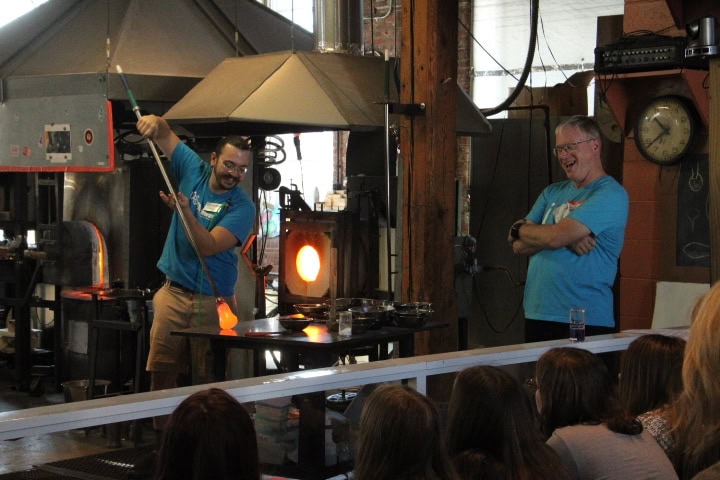
“It was very energizing to ask the students: ‘What is the primary ingredient in glass? When was the first glass object manufactured? Why is glass clear?’” Powers says. “We discussed those aspects of glass, but mostly, the students observed how glass has been made into useful objects just as glass has been hand made for hundreds of years. I was able to share how I got involved in glass manufacturing and how my background as a ceramic engineer provided an excellent foundation.”
The career panel at another station featured more ceramic and glass professionals from Owens Corning as well as Allied Mineral Products who each brought their own props to explain their careers, ranging from a miniature house packed with Owens Corning’s signature pink fiberglass insulation to a wind turbine model with blades made of fiberglass. Students also participated in additional stations that allowed them to explore The Works throughout the event.
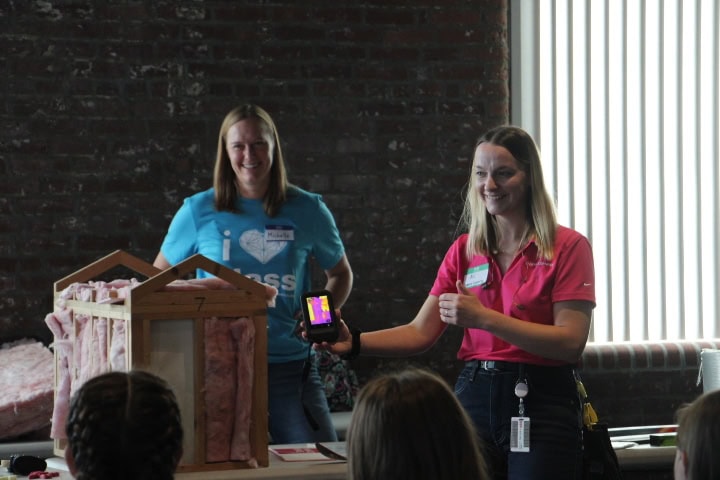
Part of the GLOW curriculum includes CGIF’s kit lessons, which teachers are encouraged to do with their class before traveling to the hot glass studio for the demonstration and career panel. In Dague’s class, students connected the kit lessons to more art-focused concepts like fused glass and kilns lined with ceramic refractory materials, while White’s classes were able to connect the lessons to scientific concepts they were already learning about.
Dague explored additional lessons from the Materials Science Classroom Kit, sharing that her students enjoyed the Candy Fiber Pull, How Strong Is Your Chocolate?, and Shape Memory Alloy lessons. She already has plans in place to have a cotton candy machine delivered to her class so that her art students can learn even more about glass and see candy fibers being made, which mimics the fiberglass manufacturing process.
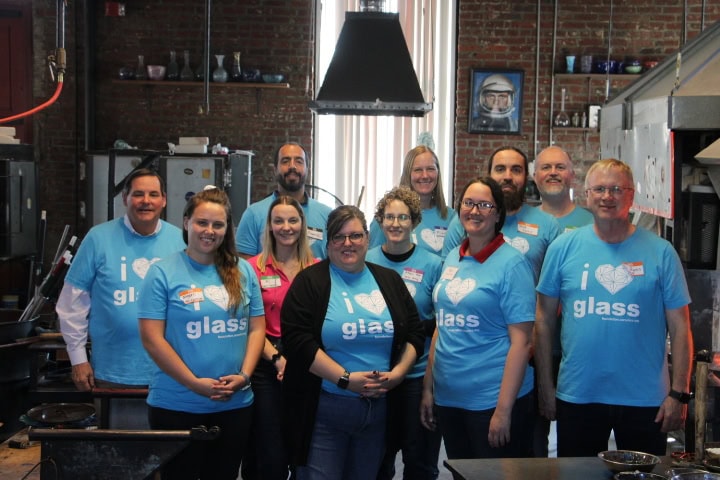
“I think what their idea of what glass is has been altered radically today just based off of all of the experiments that we did prior to coming and then everything that they’ve seen and learned today,” Dague says.
The CGIF is grateful for the support of the Granville Community Foundation, which was able to make GLOW possible for these Granville Middle School students.
Help CGIF bring more GLOW events to students by visiting ceramics.org/donate.
Categories
- Feature Stories
- Grants
- Student Outreach
